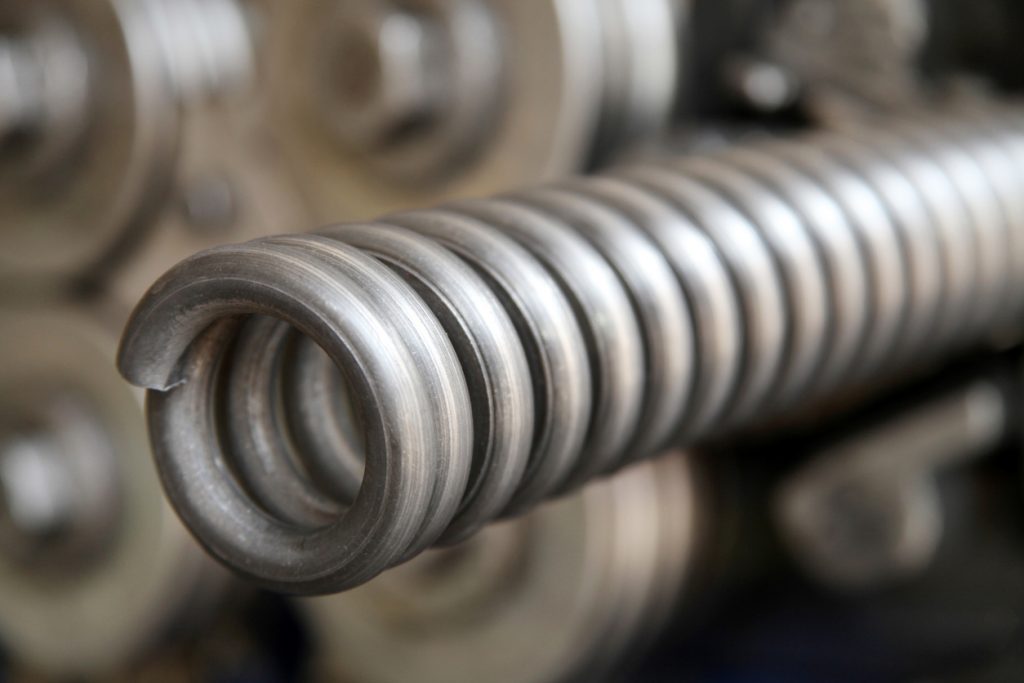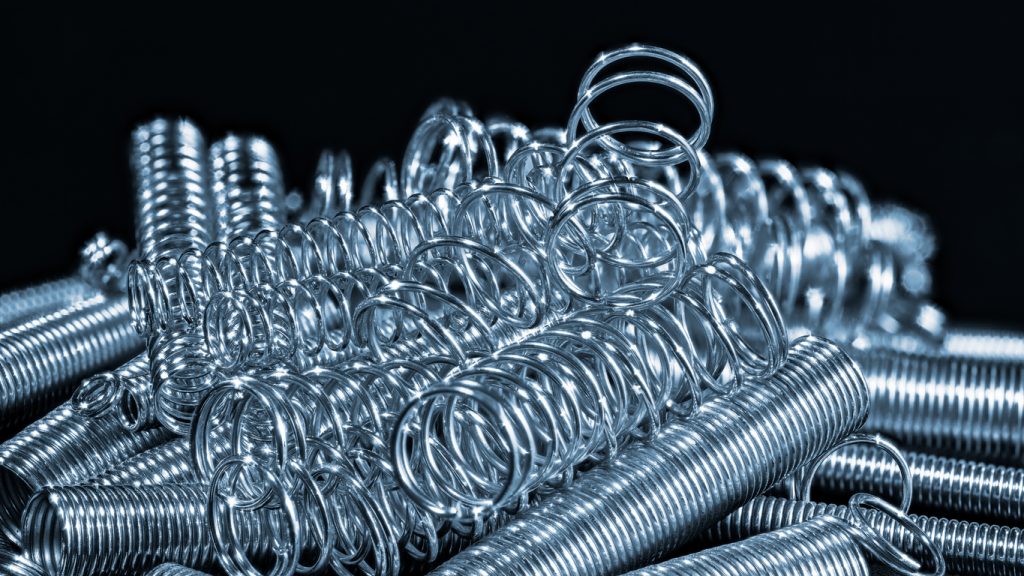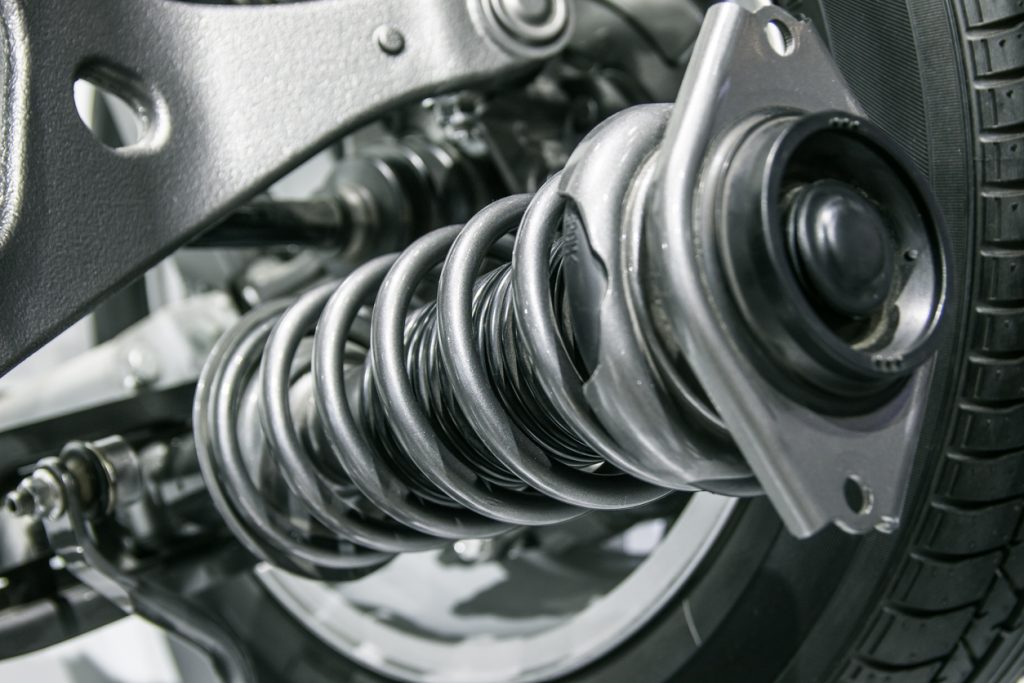How to Maximise the Lifecycle of a Spring
Broken or failed equipment, tools, or components can significantly affect your production line and efficiency, especially if the same issue keeps occurring. For example, if you’re constantly finding that your springs are breaking or not lasting as long as you would imagine, you may be reducing their lifecycle with your work practices without realising.

Thus, we’re taking a look into how you can maximise the lifecycle of a spring. We’ll be looking into some important factors to consider that could affect (and reduce) a spring’s lifetime, as well as the critical steps to take to ensure you’re maximising its lifecycle and getting the most out of it.
Finally, we will explore how choosing a reliable spring supplier such as European Springs is a great way to guarantee you’re getting quality springs.
Why is Maximising the Lifecycle of a Spring Important?
Ensuring that your springs, pressings, and metal components are carefully looked after is the first step in maximising their lifecycle – but why is this important? You may not believe that something as small as a single compression spring could affect productivity in your workplace, but this is true. For example, suppose a machine you’re using to manufacture products contains springs. In that case, just one breaking or failing could result in a broken and unusable machine, meaning production comes to a halt.
Additionally, if you are manufacturing products that contain springs, you need to ensure that these components have been treated correctly, so that you’re giving your customers a quality product. If your customers come back with complaints about broken parts, it could put your business and reputation in danger.
What Are Some Factors That Affect a Spring’s Lifetime?
Several factors can affect a spring’s lifetime and reduce the quality of the spring. Let’s take a look at what some of these are:
Stress. If a spring is under a lot of pressure, it is less likely to compress as far as you need it; thus, it is more likely to break or become unusable.
Environment. If your spring has not been treated correctly for its environment, it is less likely to be functional or work to its full potential. For example, consider its temperature, magnetic field, and humidity.
Friction. If a spring is touching the sides of the hole or shaft it is placed in, then the friction between its diameter and these walls could cause permanent damage to both components.
How Can I Maximise the Lifecycle of a Spring?
As reliable and reputable spring manufacturers, we know what we’re talking about when it comes to producing and maintaining quality, so let’s get into what you need to consider to maximise the lifecycle of a spring.
Lowering Stress
Lowering the stress of a spring is one of the best things you can do to ensure you’re not overloading it and applying too much pressure. This can be done by choosing a spring with a larger wire diameter or even a lower final load which allows more room for the spring and reduces high stress. Additionally, consider reducing internal pressures on the spring by ensuring it is supported correctly.
Minimising Shock Loading
Shock loading is when the weight of a load on the spring is increased or sped up suddenly, for example, when a load is dropped from a height. This can result in diminished performance and even irreversible damage to the spring – meaning the repairs and replacement could be very costly. And whilst a couple of instances of shock loading isn’t detrimental to the spring’s lifecycle, the more times it happens, the more likely it is that the irreversible damage is done.
To minimise shock loading, friction devices such as an internal damper coil or a vibration dampening device can be used. These devices absorb some shock and take the pressure off the spring.
Keeping Temperatures Low
If a spring has not been treated correctly and is exposed to heat or extreme humidity, it could be detrimental to its performance and quality. Keeping springs cool reduces the chances of spring relaxation, which occurs in high temperatures, ultimately increasing the lifecycle of the spring.
Shot Peening
Shot peening essentially creates beneficial compressive residual stress, which increases the strength of a spring. It also prevents corrosion, cracks due to wear and tear, hydrogen embrittlement, and enhances fatigue stress. The shot peening method has been proven to increase the lifecycle of springs by five to ten times.
Choose European Springs as Your Spring Supplier
As mentioned, one of the best ways to maximise the lifecycle of a spring is to purchase your bespoke springs from reputable spring manufacturers you can trust to provide quality. We have a plethora of knowledge due to our many years of working in the industry, so we are more than equipped to provide the high quality, reliable springs you’re looking for.
We hope that this blog has been helpful and you now have a better understanding of how you can maximise the lifecycle of a spring. For more information on our products, including our compression springs, please don’t hesitate to get in touch, and a member of our team will be more than happy to help.

